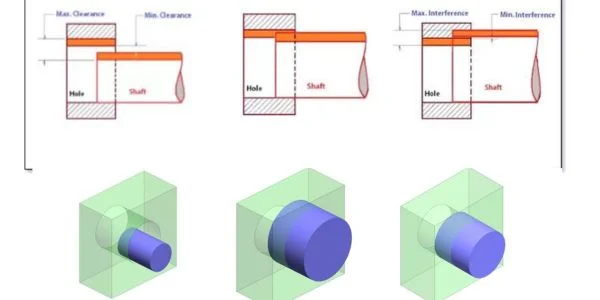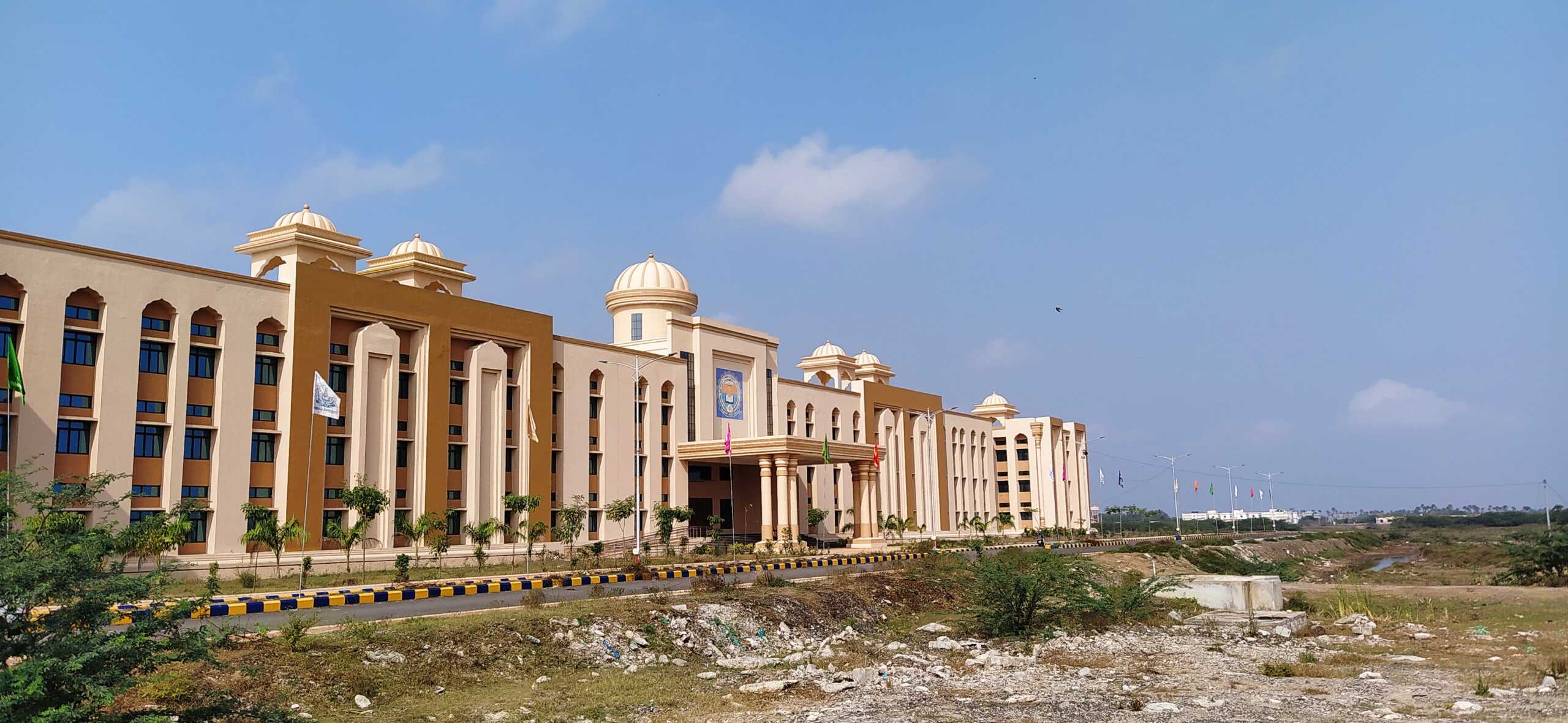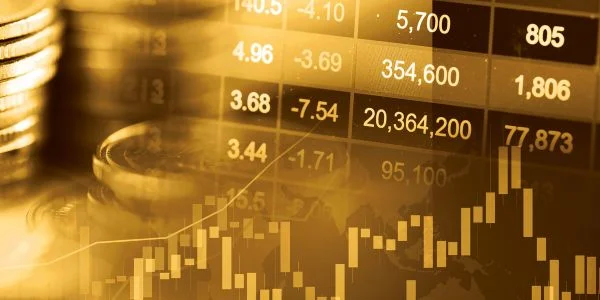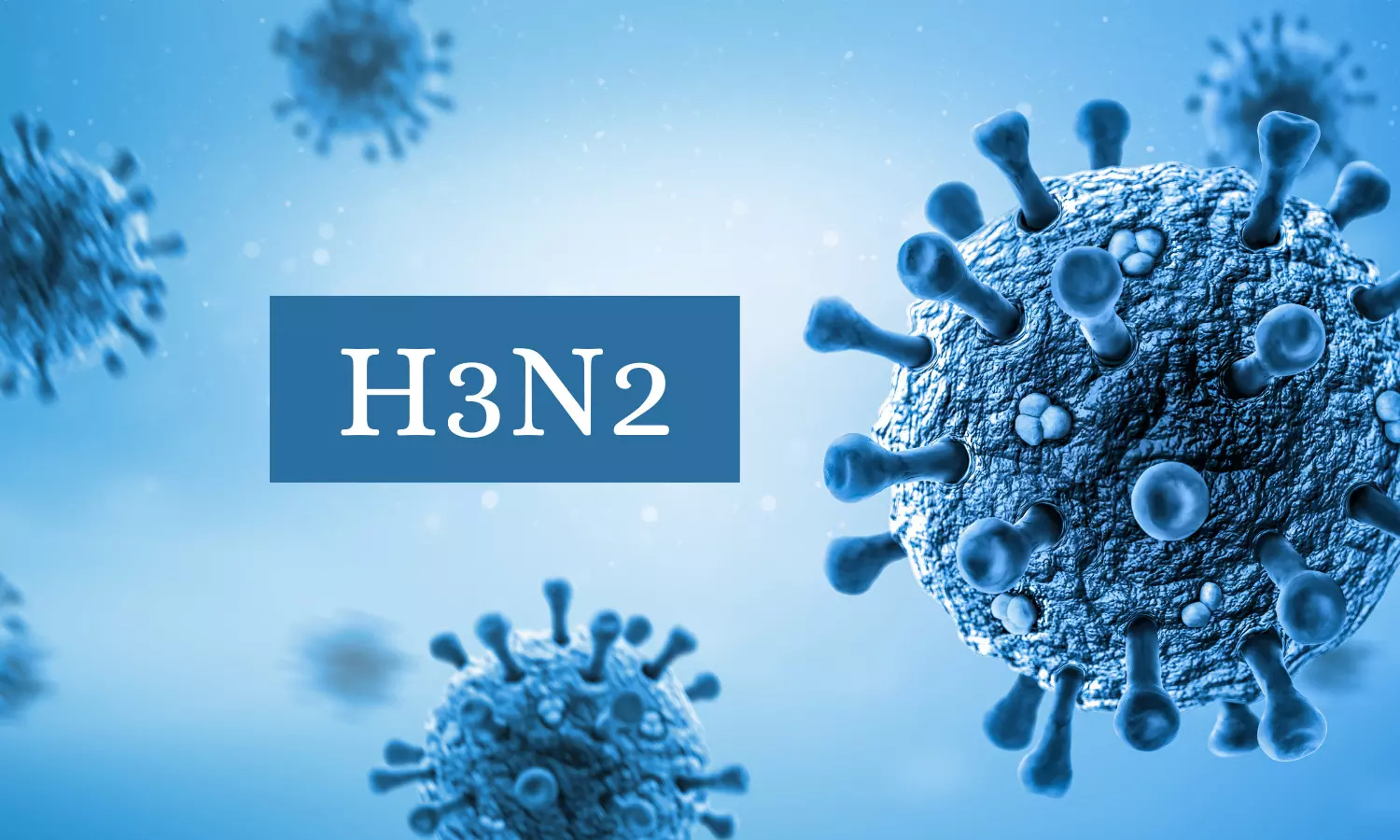Table of Contents
Personality test
In the realm of self-discovery and personal growth, personality tests have emerged as valuable tools to understand oneself better. Whether you’re embarking on a new career path, seeking to enhance your relationships, or simply curious about your own personality traits, these assessments can provide profound insights.
Personality tests are psychometric assessments designed to evaluate various aspects of an individual’s personality. These assessments are based on theories of personality psychology and aim to categorize individuals into specific personality types or traits. By examining patterns of behavior, thoughts, and emotions, personality tests help unravel the intricacies of human personality.
Types of Personality Tests:
Myers-Briggs Type Indicator (MBTI):
The MBTI is one of the most well-known and widely used personality tests. It categorizes individuals into one of 16 personality types based on four dimensions: extraversion/introversion, sensing/intuition, thinking/feeling, and judging/perceiving.
1. Understanding the MBTI:
The MBTI is based on Carl Jung’s theory of psychological types and aims to categorize individuals into one of 16 distinct personality types. It assesses four fundamental dimensions of personality:
a) Extraversion (E) – Introversion (I):
This dimension explores where individuals draw their energy from. Extraverts are energized by social interactions, while introverts gain energy from solitude and introspection.
b) Sensing (S) – Intuition (N):
This dimension focuses on how individuals perceive and gather information. Sensing types rely on concrete facts and details, whereas intuitive types are more inclined towards patterns, possibilities, and abstract concepts.
c) Thinking (T) – Feeling (F):
This dimension examines how individuals make decisions and process information. Thinkers prioritize logic and objective analysis, whereas feelers consider personal values and emotions in decision-making.
d) Judging (J) – Perceiving (P):
This dimension reflects individuals’ approach to the outside world and their preference for structure. Judging types prefer organization, planning, and closure, while perceiving types are more adaptable, spontaneous, and open-ended.
2. The MBTI Personality Types:
The combination of these four dimensions results in 16 unique personality types. Each type is represented by a four-letter code, such as INTJ, ESFP, or ENFJ. Here is a brief overview of the 16 MBTI types:
a) ISTJ – The Inspector
b) ISFJ – The Protector
c) INFJ – The Counselor
d) INTJ – The Mastermind
e) ISTP – The Craftsman
f) ISFP – The Composer
g) INFP – The Healer
h) INTP – The Architect
i) ESTP – The Dynamo
j) ESFP – The Performer
k) ENFP – The Champion
l) ENTP – The Visionary
m) ESTJ – The Supervisor
n) ESFJ – The Provider
o) ENFJ – The Teacher
p) ENTJ – The Commander
3. Applications of the MBTI:
a) Career Development:
The MBTI is frequently used in career counseling and professional development. By understanding their personality type, individuals can make informed career choices that align with their strengths, preferences, and work styles.
b) Team Building:
The MBTI is valuable in team-building exercises, as it helps individuals recognize and appreciate diverse personality types. By understanding team dynamics, communication styles, and potential conflicts, teams can improve collaboration and overall performance.
c) Personal Growth:
The MBTI provides insights into personal strengths, weaknesses, and growth areas. It serves as a roadmap for self-improvement, allowing individuals to develop their weaker traits and embrace personal growth opportunities.
d) Relationship Enhancement:
The MBTI enhances interpersonal relationships by fostering understanding and empathy. It helps individuals recognize and appreciate differences in communication styles, decision-making processes, and approaches to conflict resolution.
4. Criticisms and Considerations:
While the MBTI has its merits, it’s essential to approach it with certain considerations in mind:
a) Self-Reflection: The MBTI should be viewed as a tool for
self-reflection and not as a definitive assessment of an individual’s personality. It is crucial to contextualize the results and consider other factors that contribute to one’s behavior.
b) Limited Scope:
The MBTI does not capture the full complexity of human personality and should be supplemented with other assessment tools or professional guidance for a more comprehensive understanding.
c) Ethical Use:
The MBTI should be used ethically and responsibly, with a clear understanding of its limitations. It should not be used for hiring decisions, labeling individuals, or restricting personal and professional opportunities.

Big Five Personality Traits:
The Big Five model examines personality across five dimensions: openness, conscientiousness, extraversion, agreeableness, and neuroticism. This test provides a more nuanced understanding of personality by assigning scores along each dimension.
1. What are the Big Five Personality Traits?
The Big Five Personality Traits, also known as the Five-Factor Model (FFM), is a comprehensive framework used to describe human personality. It comprises five broad dimensions that capture the fundamental aspects of an individual’s personality. These traits are:
– Openness to Experience
– Conscientiousness
– Extraversion
– Agreeableness
– Neuroticism (Emotional Stability)
2. Openness to Experience:
Openness to Experience refers to an individual’s inclination to seek out new experiences, ideas, and intellectual pursuits. People high in openness tend to be imaginative, curious, and open-minded. They often embrace novelty, appreciate art and beauty, and enjoy exploring different perspectives.
3. Conscientiousness:
Conscientiousness reflects the degree to which an individual is organized, responsible, and goal-oriented. Individuals with high conscientiousness are typically diligent, self-disciplined, and dependable. They prioritize planning, follow through on commitments, and strive for achievement.
4. Extraversion:
Extraversion pertains to the extent of an individual’s sociability, assertiveness, and enthusiasm in social situations. Extraverts are outgoing, and energetic, and derive energy from interactions with others. They tend to be talkative, and confident, and enjoy being the center of attention.
5. Agreeableness:
Agreeableness characterizes an individual’s level of compassion, cooperativeness, and willingness to accommodate others. Highly agreeable individuals are kind, and empathetic, and value harmonious relationships. They are often described as altruistic, trusting, and considerate.
6. Neuroticism (Emotional Stability):
Neuroticism refers to the extent to which an individual experiences negative emotions such as anxiety, moodiness, and vulnerability to stress. Individuals high in neuroticism tend to be emotionally reactive, prone to worry and experience greater emotional fluctuations. On the other hand, those low in neuroticism exhibit emotional stability, and resilience, and remain calm under pressure.
7. Importance and Impact:
Understanding the Big Five Personality Traits is crucial as they influence various aspects of an individual’s life, including relationships, career choices, and overall well-being. These traits can provide valuable insights into how people perceive and respond to the world around them. They help explain differences in behavior, motivations, and coping mechanisms across individuals.
8. Assessment and Measurement:
Several standardized personality assessment tools, such as the NEO-PI-R and the Big Five Inventory (BFI), are commonly used to measure the Big Five Personality Traits. These assessments involve self-reporting where individuals rate themselves on various statements related to each trait.
9. Flexibility and Change:
It is important to note that personality traits are not fixed or immutable. While individuals may exhibit certain tendencies, they can still adapt and change their behaviors over time. Personality traits are influenced by genetic, environmental, and socio-cultural factors, and can also be shaped through conscious effort and personal growth.
Enneagram:
The Enneagram categorizes individuals into nine interconnected personality types. It explores motivations, fears, and core desires to provide a comprehensive understanding of one’s personality.
1. What is the Enneagram?
The Enneagram is a personality typology system that explores nine distinct personality types, each associated with specific motivations, fears, and patterns of thinking, feeling, and behaving. It offers a comprehensive framework for self-awareness, personal growth, and understanding others.
2. Origins and History:
The origins of the Enneagram can be traced back to ancient wisdom traditions, including Sufism, Kabbalah, and various spiritual teachings. However, it was largely popularized in the 20th century by Oscar Ichazo, Claudio Naranjo, and other modern psychologists and spiritual teachers.
3. Structure of the Enneagram:
The Enneagram is represented by a geometric figure composed of a circle, a triangle, and an irregular hexagon. The circle represents the unity and interconnectedness of all nine personality types, while the triangle and hexagon depict the primary relationships and connections among the types.
4. The Nine Personality Types:
Each of the nine Enneagram types represents a distinct worldview, core motivations, and habitual patterns of behavior. Here’s a brief overview of each type:
– Type 1: The Perfectionist/Reformer
– Type 2: The Helper/Giver
– Type 3: The Achiever/Performer
– Type 4: The Individualist/Artist
– Type 5: The Investigator/Thinker
– Type 6: The Loyalist/Loyal Skeptic
– Type 7: The Enthusiast/Epicure
– Type 8: The Challenger/Protector
– Type 9: The Peacemaker/Mediator
5. Understanding the Types:
Each Enneagram type has its own distinct strengths, challenges, and growth paths. By understanding the core motivations and fears of each type, individuals can gain deeper insights into their own behavior and the behavior of others. It is important to note that individuals may exhibit characteristics of other types to varying degrees, known as “wings.”
6. Growth and Integration:
The Enneagram offers a pathway for personal growth and development. Each type has specific growth directions, known as “integration” and “disintegration” points. Integrating the positive qualities of other types and becoming aware of one’s patterns and tendencies can lead to increased self-awareness, emotional intelligence, and personal transformation.
7. Practical Applications:
The Enneagram has practical applications in various areas of life, including personal relationships, communication, leadership development, and team dynamics. By understanding the Enneagram types of oneself and others, individuals can improve their interpersonal skills, resolve conflicts, and foster empathy and understanding.
8. Assessment and Discovering Your Type:
Discovering your Enneagram type is a process of self-reflection and self-exploration. Various Enneagram assessments and tests are available, but it’s important to remember that they are tools and not definitive answers. Exploring the core motivations, fears, and patterns of each type can assist in identifying your dominant type.
9. Embracing the Journey:
The Enneagram is a lifelong journey of self-discovery and personal growth. It provides a roadmap for understanding ourselves and others at a deeper level. By embracing the Enneagram’s wisdom, we can cultivate self-compassion, develop healthier relationships, and embark on a path of personal transformation.
DISC Assessment:
The DISC assessment focuses on four personality traits: dominance, influence, steadiness, and conscientiousness. It helps individuals understand their communication styles and work preferences.
1. What is the DISC Assessment?
The DISC assessment is a behavioral profiling tool that categorizes individuals into four primary personality styles based on their behavioral tendencies. The assessment measures Dominance (D), Influence (I), Steadiness (S), and Conscientiousness (C), providing insights into how individuals interact, communicate, make decisions, and approach tasks.
2. Origins and Development:
The DISC assessment traces its roots back to the work of psychologist William Moulton Marston in the 1920s. Marston’s observations of human behavior led to the development of the DISC model, which has since been refined and expanded upon by various psychologists and researchers.
3. The Four DISC Personality Styles:
a) Dominance (D):
Individuals with a dominant style are direct, assertive, and results-oriented. They tend to be decisive, and competitive, and assert their authority.
b) Influence (I):
People with an influential style are outgoing, enthusiastic, and persuasive. They thrive on social interaction, enjoy being in the spotlight, and excel at motivating and influencing others.
c) Steadiness (S):
Those with a steady style are cooperative, patient, and reliable. They prioritize harmony, stability, and building strong relationships. They are often calm, loyal, and supportive team members.
d) Conscientiousness (C): Individuals with a conscientious style are analytical, detail-oriented, and focused on quality and accuracy. They value precision, prefer structure and organization, and excel at planning and problem-solving.
4. Understanding the DISC Styles:
Each DISC style comes with unique strengths, preferences, and communication styles. Understanding these styles can help individuals adapt their communication approaches, build effective teams, and improve interpersonal dynamics.
5. Practical Applications of the DISC Assessment:
The DISC assessment finds application in various personal and professional settings, including:
– Team Building:
The DISC assessment can facilitate team-building activities, helping individuals understand their own styles and appreciate the diversity of others. This promotes collaboration, effective communication, and synergy within teams.
– Leadership Development:
By understanding their dominant style, leaders can adapt their communication strategies to better engage and motivate their team members. It also helps them identify areas for growth and development.
– Conflict Resolution:
The DISC assessment enables individuals to recognize and appreciate different communication styles, leading to more effective conflict resolution and improved relationships.
– Sales and Customer Service:
Understanding the DISC styles of customers can help sales professionals and customer service representatives tailor their approach, adapt their communication style, and build rapport more effectively.
6. Taking the DISC Assessment:
The DISC assessment is typically conducted through a questionnaire or an online assessment. Participants respond to a series of statements or questions, and the results generate a profile highlighting their dominant and secondary styles.
7. Flexibility and Growth:
It’s important to note that the DISC assessment provides a snapshot of an individual’s behavior at a specific point in time. People are not limited to a single style and can exhibit different styles depending on the situation or context. The DISC assessment serves as a guide for understanding and adapting behaviors, promoting personal growth, and enhancing interpersonal relationships.
Benefits of Personality Tests:
a) Self-Awareness:
Personality tests foster self-awareness by providing insights into one’s strengths, weaknesses, and behavioral patterns. Understanding these aspects enables individuals to make informed decisions, capitalize on their strengths, and work on areas that need improvement.
b) Career Guidance:
Personality tests are often used in career counseling to help individuals identify suitable career paths. By matching personality traits to job requirements, these tests assist in making informed career choices.
c) Improved Relationships:
Personality tests aid in understanding differences and similarities among individuals, thereby improving interpersonal relationships. They enhance communication, empathy, and conflict-resolution skills, resulting in healthier and more fulfilling connections.
d) Personal Growth:
By gaining a deeper understanding of one’s personality, individuals can embark on a journey of personal growth and development. Personality tests provide a roadmap for self-improvement, helping individuals identify areas for personal and professional enhancement.
Tips for Taking a Personality Test:
a) Approach with Openness:
Maintain an open mind while taking a personality test. Answer questions honestly and avoid trying to manipulate the results.
b) Contextualize Results:
Remember that personality tests provide general insights and should not be treated as definitive assessments. Use the results as a starting point for self-reflection and exploration.
c) Seek Professional Guidance:
If you require a more in-depth analysis of your personality, consider consulting a qualified professional such as a psychologist or counselor. They can provide expert guidance and interpretation of test results.
































Comment on “Personality Tests – Guide to finding your Personality”
Comments are closed.